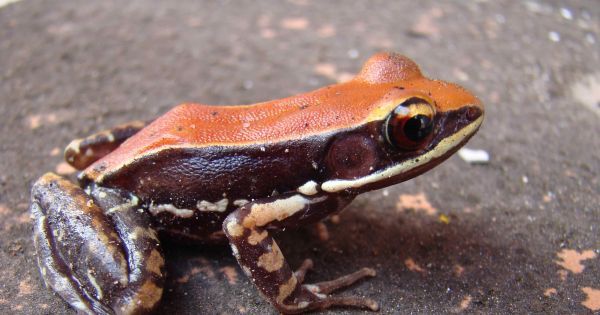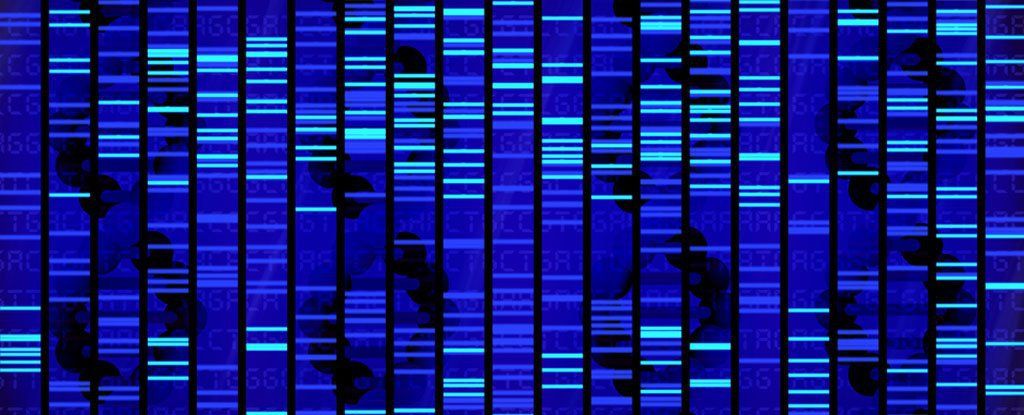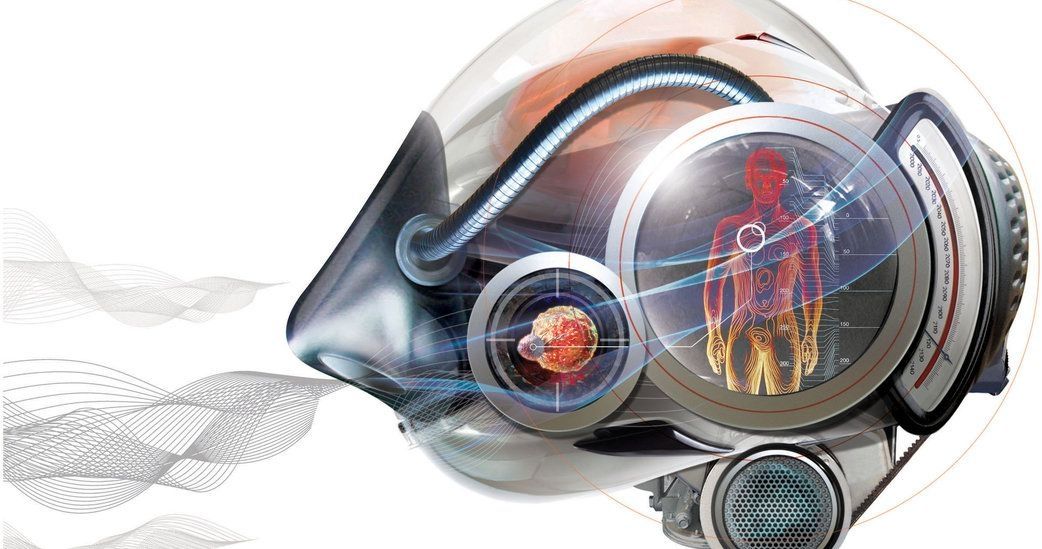- Researchers have discovered that a compound in the mucus found on the back of a frog can cause flu virus particles to explode.
- If they can harness this compound, called urumin, they may be able to create a universal flu vaccine.
A compound in the mucus found on the oozy backs of a South Indian frog — known locally as a germ killer — can cause flu virus particles to explode. Researchers at Emory University have discovered that the compound, a peptide they’ve called urumin, is potent, yet precise, and capable of destroying an entire class of flu viruses while other cells and even other viruses emerge unscathed. Unlike other frog-based compounds, urumin is uniquely nontoxic, another unusual feature that makes it more promising from a therapeutic standpoint.






